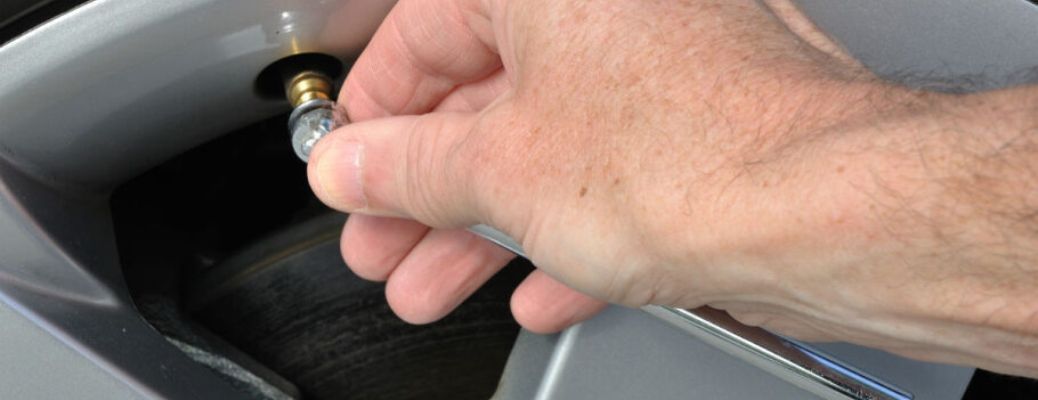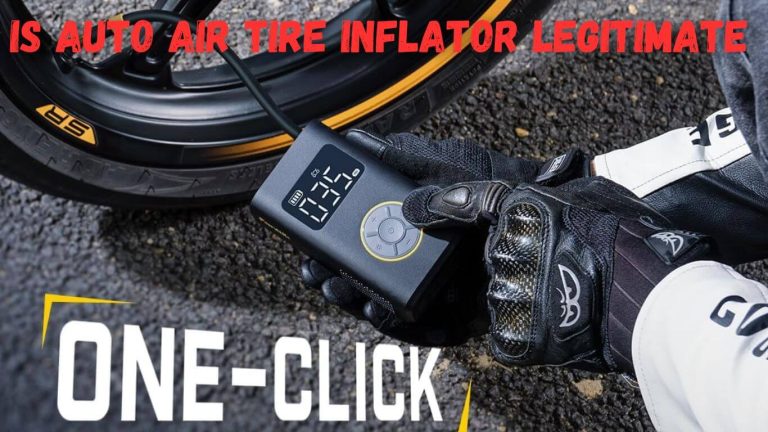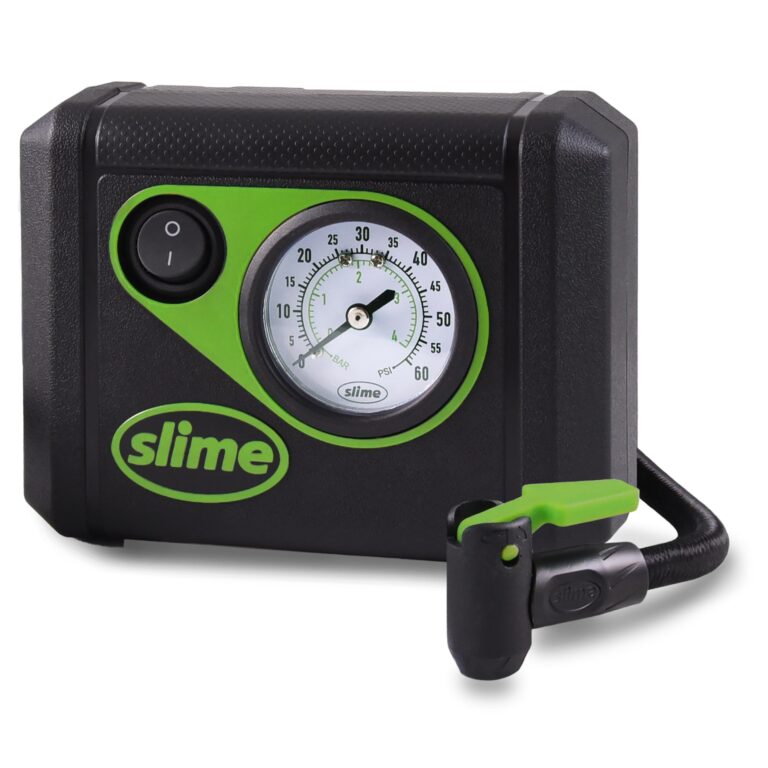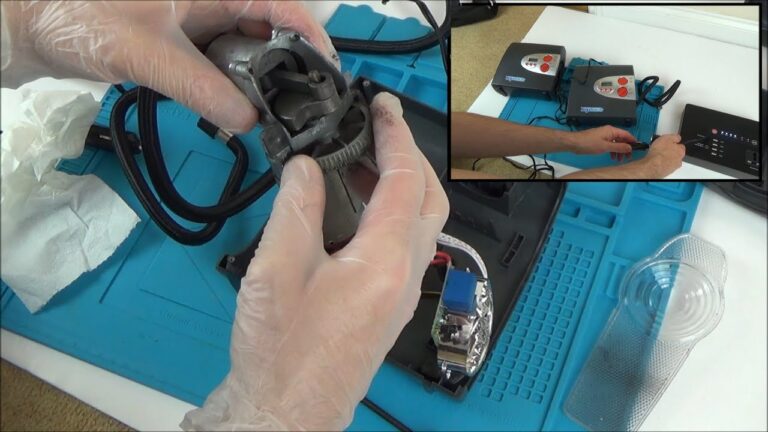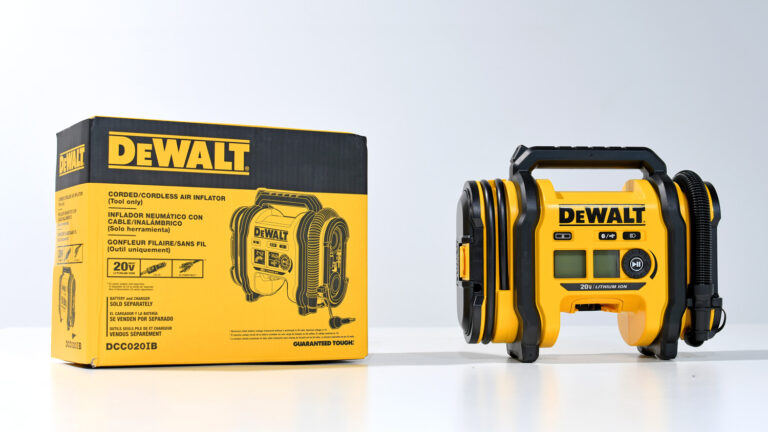How Often to Inflate Tires: Maximize Your Ride’s Potential!
Maintaining proper tire pressure is essential for your car’s safety. Properly inflated tires improve fuel efficiency. They also enhance handling and prolong tire life.
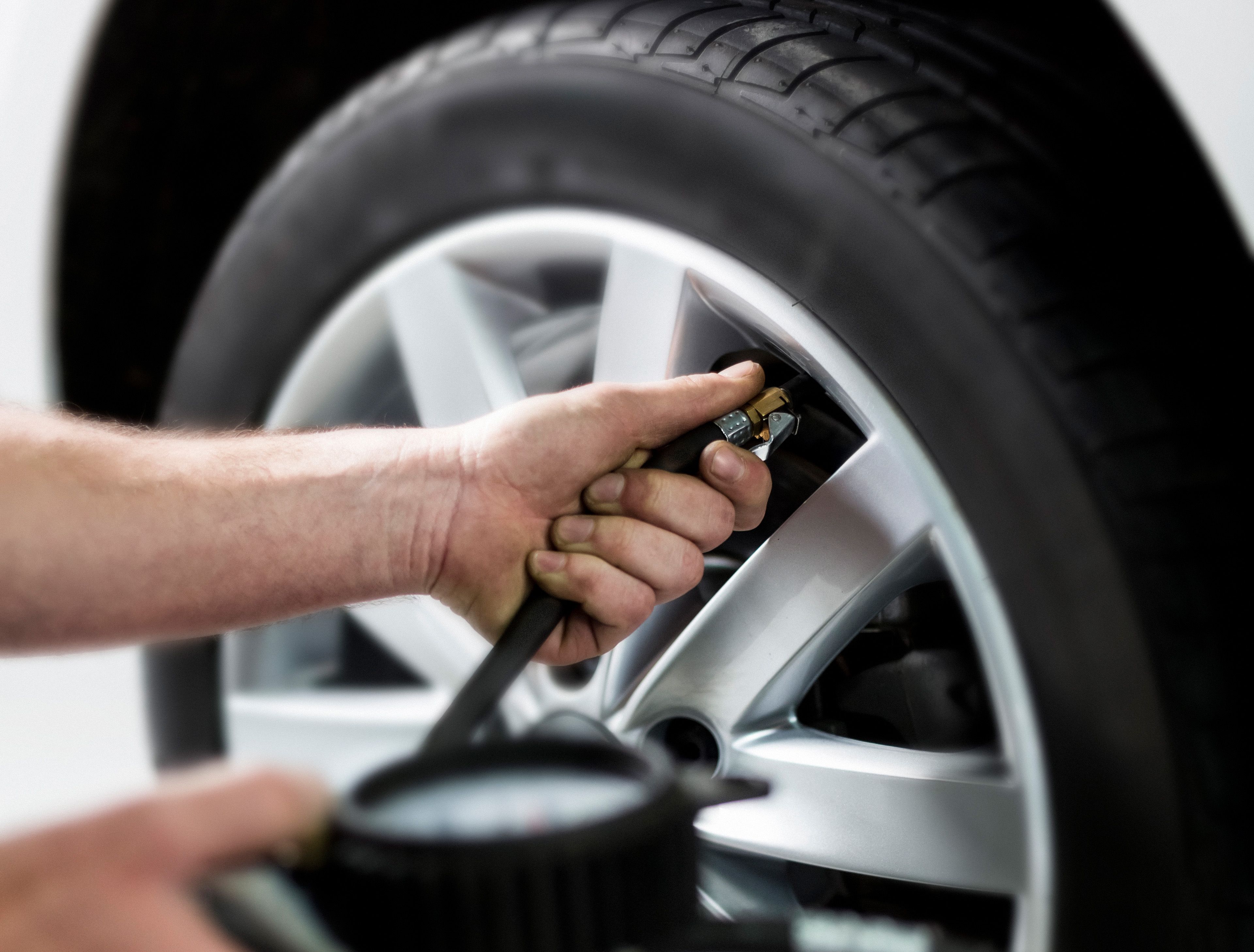
Why Tire Inflation Matters
Did you know that under-inflated tires can cause accidents? They can also lead to increased wear. This means you will need new tires sooner. Over-inflated tires can be just as dangerous. They reduce traction and can burst easily.
Checking Your Tire Pressure
You should check your tire pressure at least once a month. Here’s a simple way to do it:
- Get a tire pressure gauge.
- Remove the valve cap from the tire.
- Press the gauge onto the valve stem.
- Read the pressure on the gauge.
- Replace the valve cap.
What is the Right Tire Pressure?
The right tire pressure is usually found in two places:
- On a sticker inside the driver’s door.
- In the owner’s manual.
This pressure is measured in PSI (pounds per square inch). Make sure to inflate your tires to this recommended level.
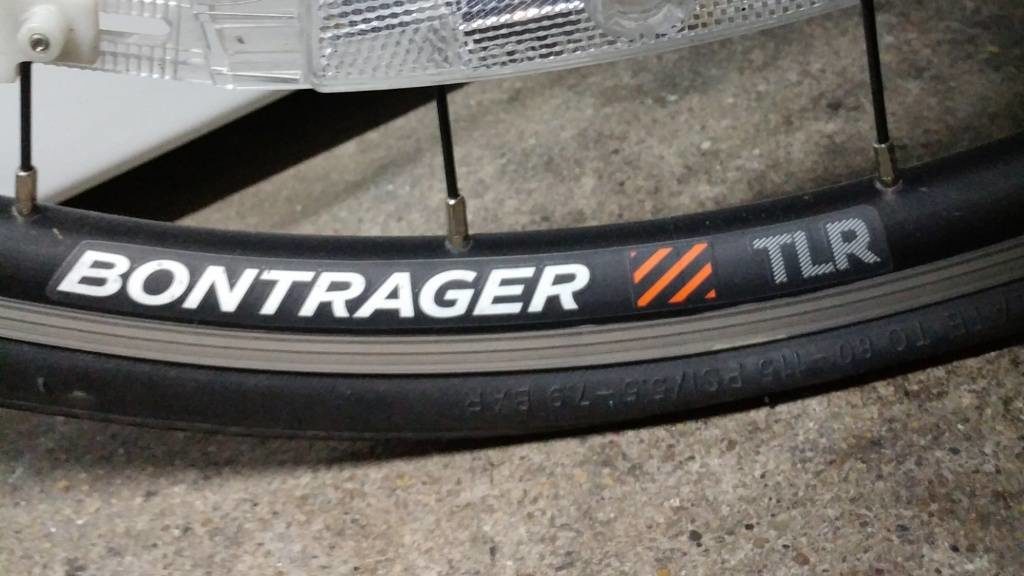
When to Inflate Your Tires
Inflate your tires when:
- They look flat or low.
- The weather changes significantly.
- You notice poor handling.
- Your car’s fuel efficiency drops.
- You are preparing for a long trip.
Effects of Temperature on Tire Pressure
Temperature can impact tire pressure. For every 10 degrees Fahrenheit drop in temperature, tire pressure decreases by 1 PSI. Conversely, warmer weather can increase pressure. Be aware of this when checking your tires.
Signs You Need to Inflate Your Tires
Look for these signs that indicate you may need to inflate your tires:
- The tire looks visibly flat.
- You hear a hissing sound.
- Your car pulls to one side.
- Your tire tread looks uneven.
How to Inflate Your Tires
Inflating your tires is easy. You can do it at home or at a gas station. Here’s how:
- Find an air pump.
- Remove the valve cap from the tire.
- Press the air nozzle onto the valve stem.
- Fill the tire to the recommended PSI.
- Check with your pressure gauge.
- Replace the valve cap.
Maintaining Tire Pressure During Seasonal Changes
As seasons change, so should your tire pressure routine. In winter, check your tires more often. Cold air can cause tire pressure to drop. In summer, heat can increase tire pressure. Adjust accordingly.
Importance of Regular Tire Maintenance
Regular tire maintenance is key to safety. Here are some maintenance tips:
- Rotate your tires every 5,000 to 8,000 miles.
- Inspect for damage regularly.
- Check alignment if your car pulls to one side.
- Look for uneven tread wear.
How Inflated Tires Affect Fuel Efficiency
Properly inflated tires can save you money. If your tires are low, your engine works harder. This uses more fuel. Keeping tires at the right pressure improves fuel efficiency. You could save up to 3% on fuel costs.
Frequently Asked Questions
How Often Should I Check My Tire Pressure?
Check your tire pressure at least once a month.
What Is The Ideal Tire Pressure?
The ideal tire pressure varies by vehicle; check your owner’s manual for specifics.
Can Under-inflated Tires Affect Fuel Efficiency?
Yes, under-inflated tires can reduce fuel efficiency significantly.
Should I Inflate Tires When Cold Or Hot?
Always inflate tires when they are cold for accurate readings.
Conclusion
In conclusion, checking tire pressure is vital for safety. Do it at least once a month. Inflate your tires as needed. Keep an eye on seasonal changes. Proper tire maintenance helps improve performance.
Remember, your tires are the only contact between your car and the road. Keep them in good shape. Stay safe and drive smart!
FAQs About Tire Inflation
1. How Often Should I Check My Tire Pressure?
Check your tire pressure at least once a month.
2. What Happens If My Tires Are Under-inflated?
Under-inflated tires can lead to accidents and increased wear.
3. Can I Inflate My Tires With A Bike Pump?
Yes, but it may take longer than using an air compressor.
4. Is It Safe To Drive On Under-inflated Tires?
No, it is dangerous to drive on under-inflated tires.
5. How Much Does Tire Pressure Affect Fuel Economy?
Proper tire pressure can improve fuel economy by up to 3%.
Key Takeaways
Remember these key points:
- Check tire pressure monthly.
- Inflate tires to the recommended PSI.
- Monitor tire condition regularly.
- Adjust for temperature changes.
With proper care, you can ensure your tires last longer. Stay safe and enjoy your drive!

